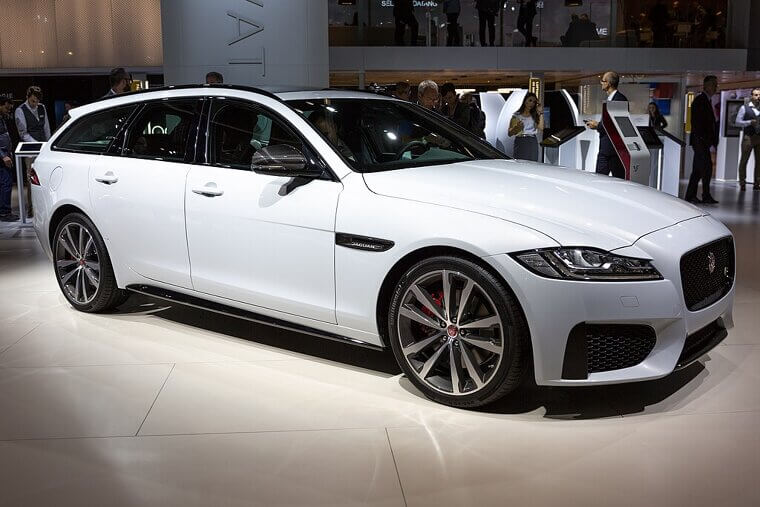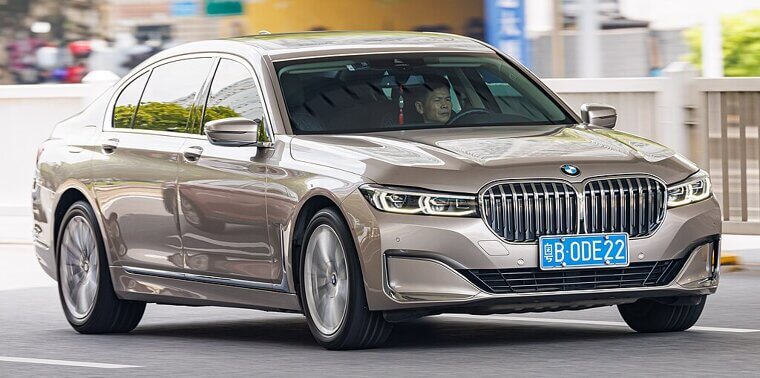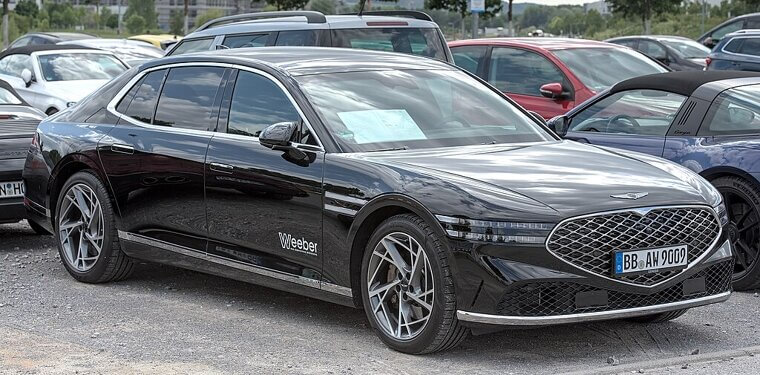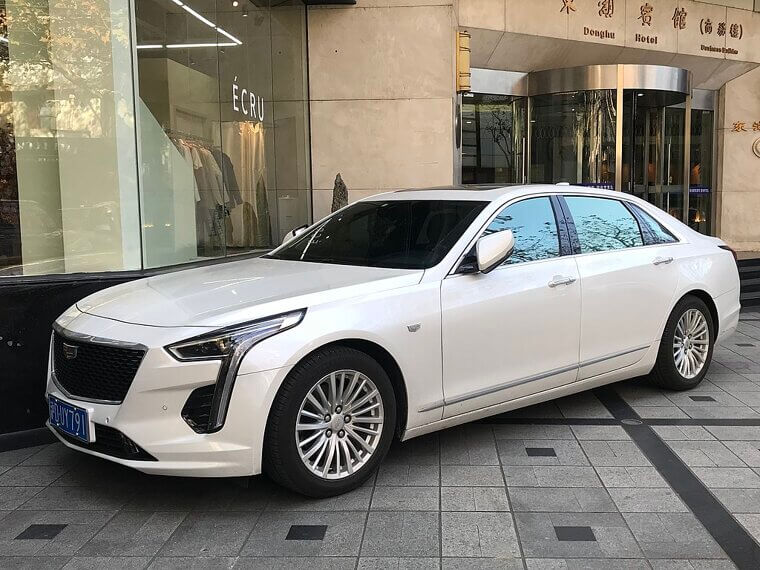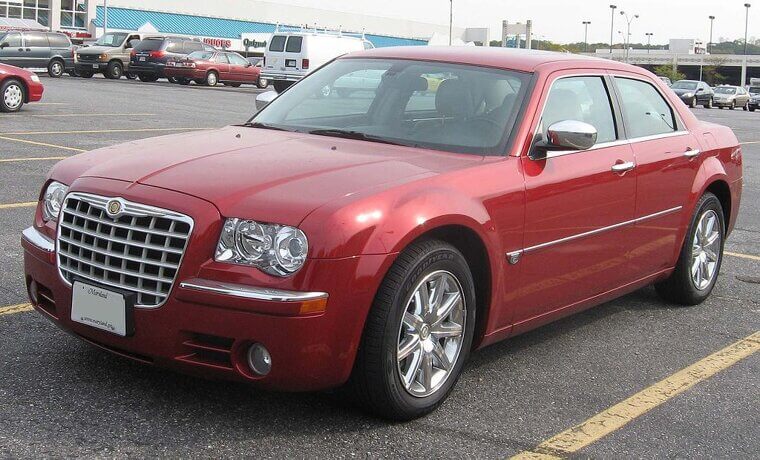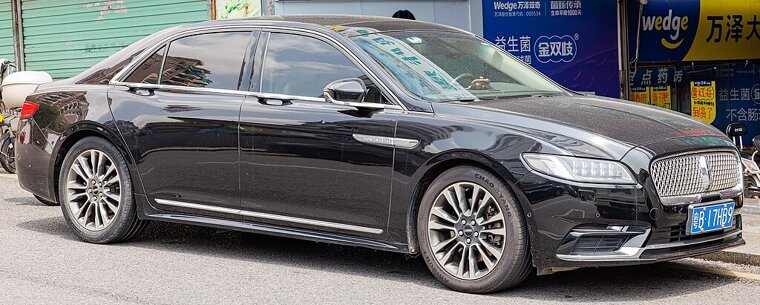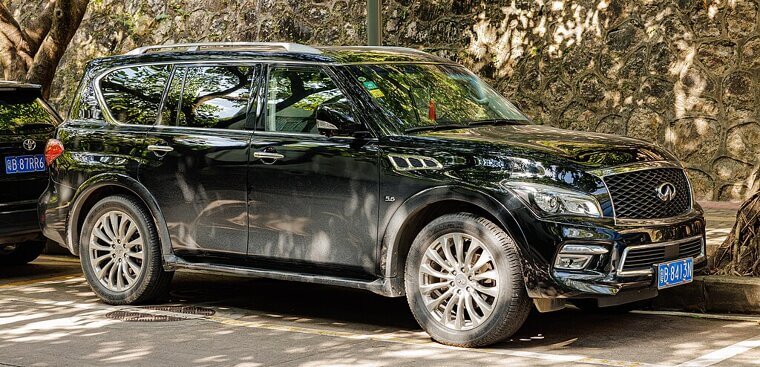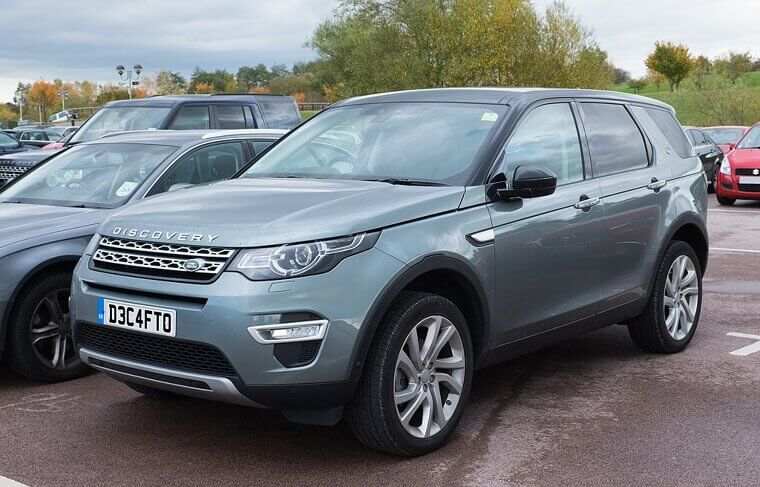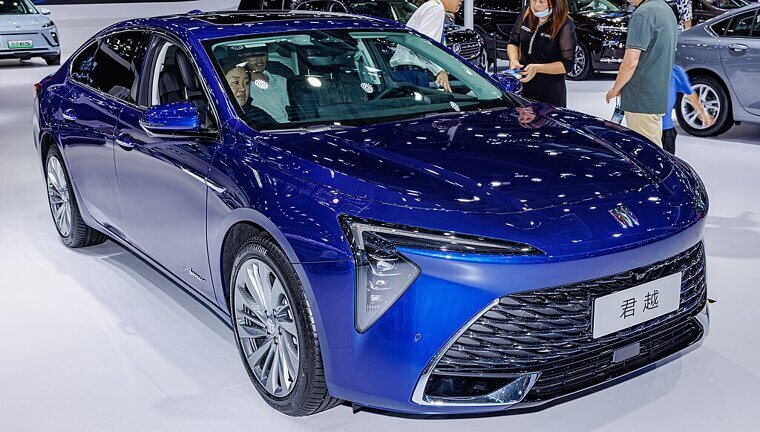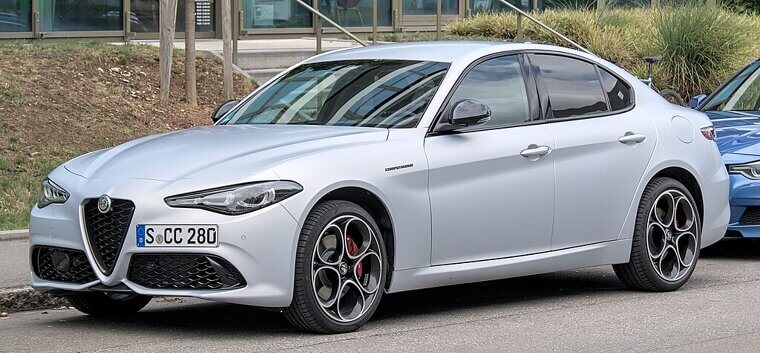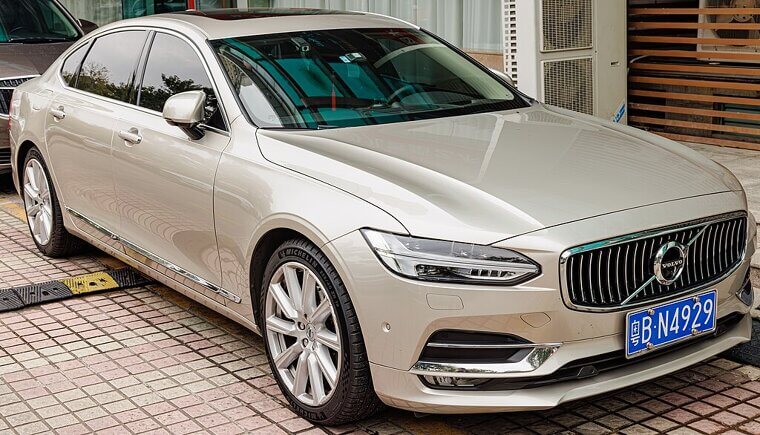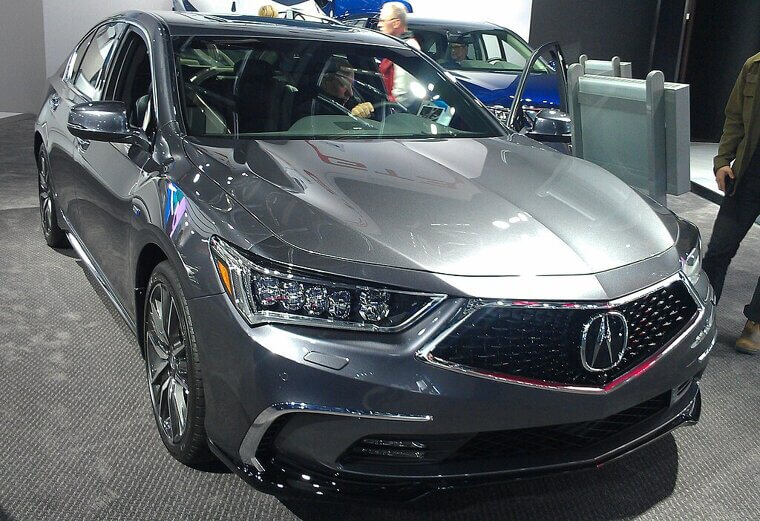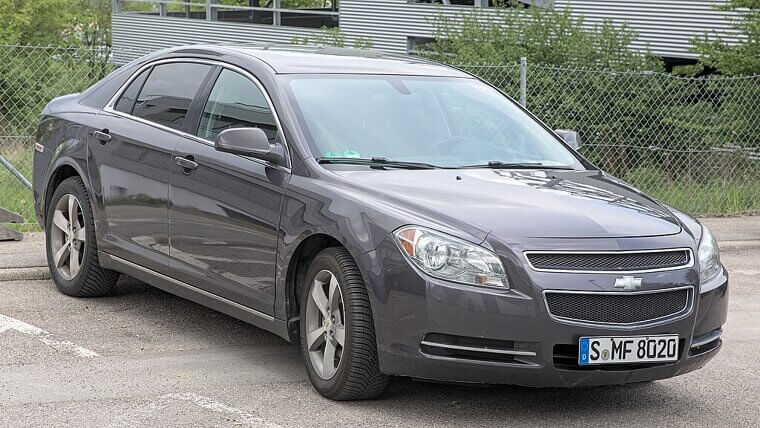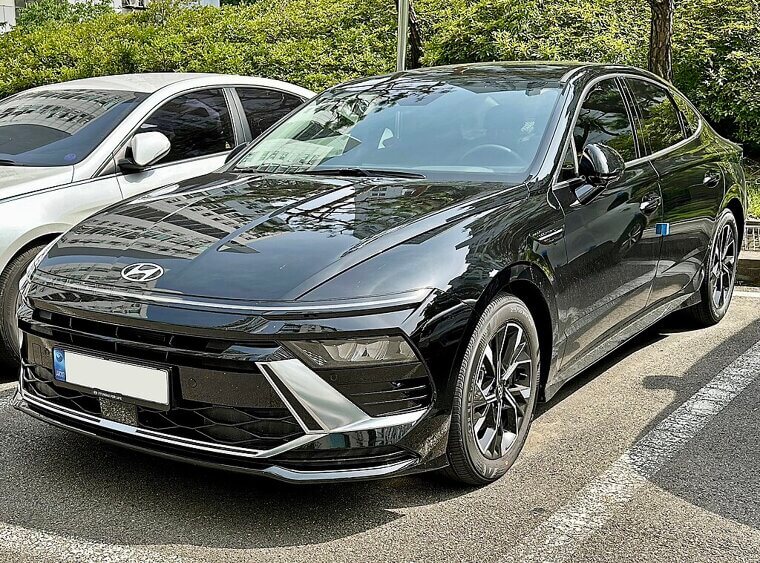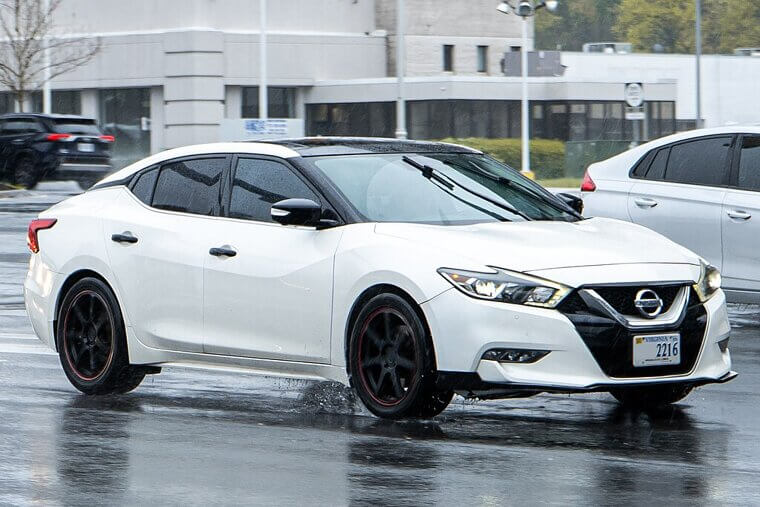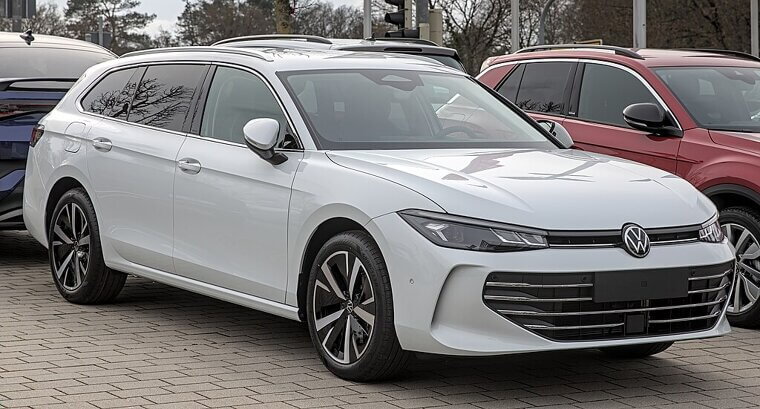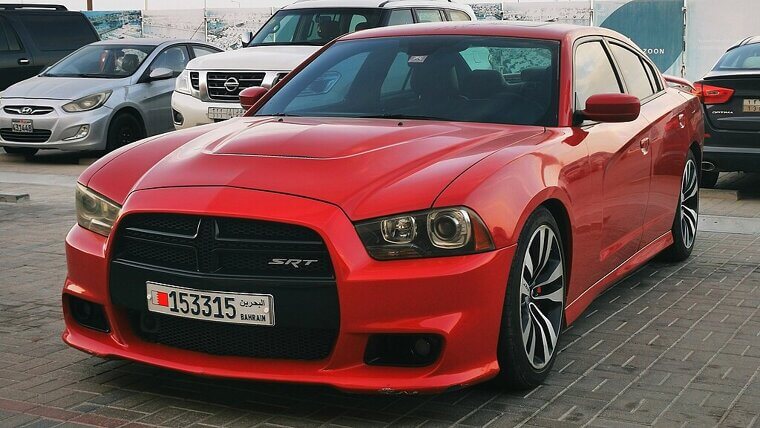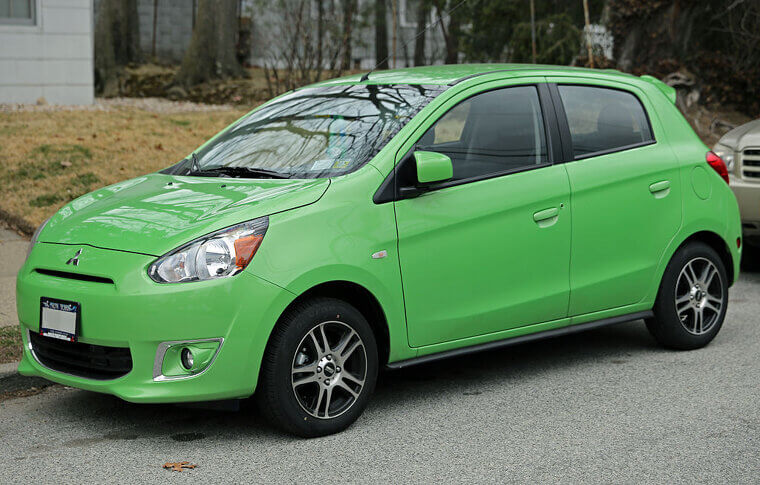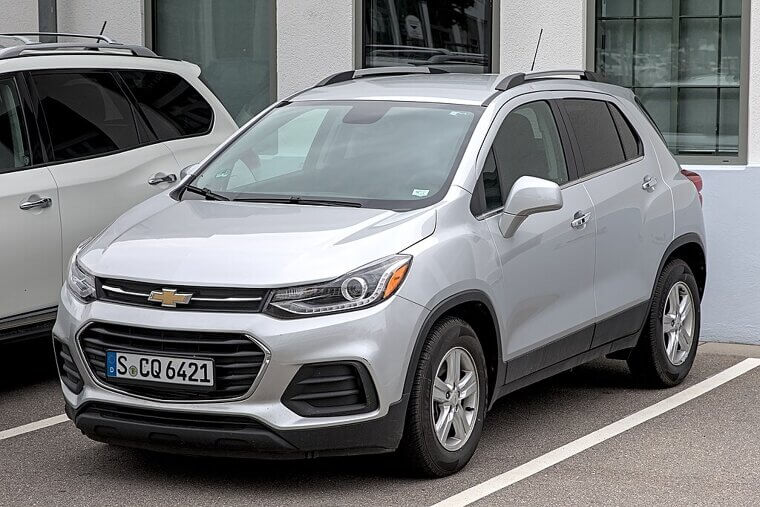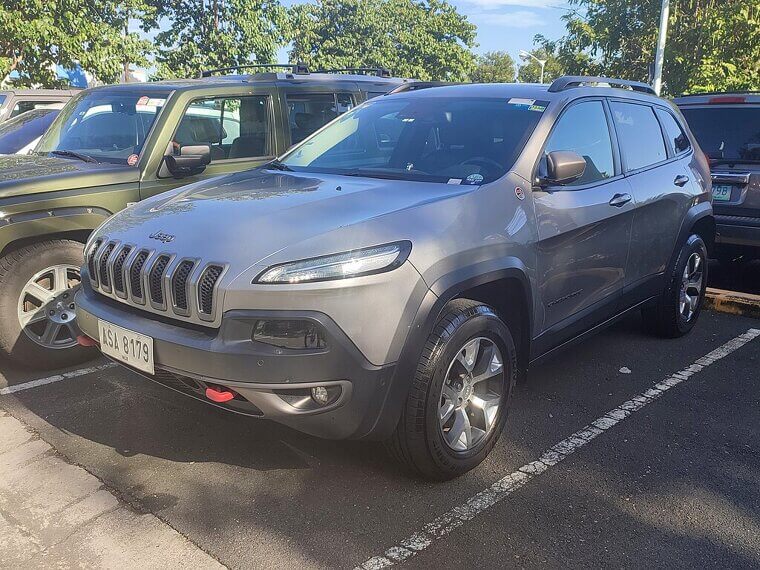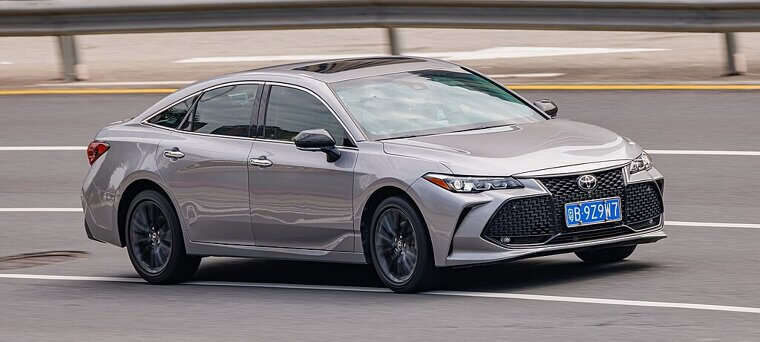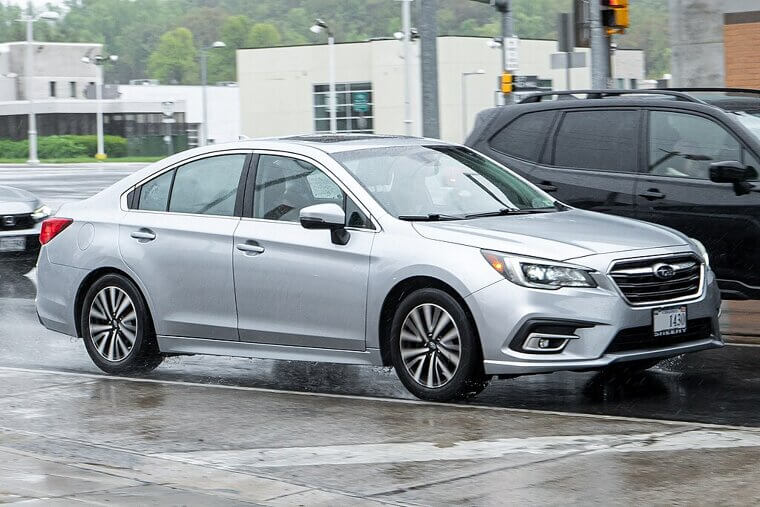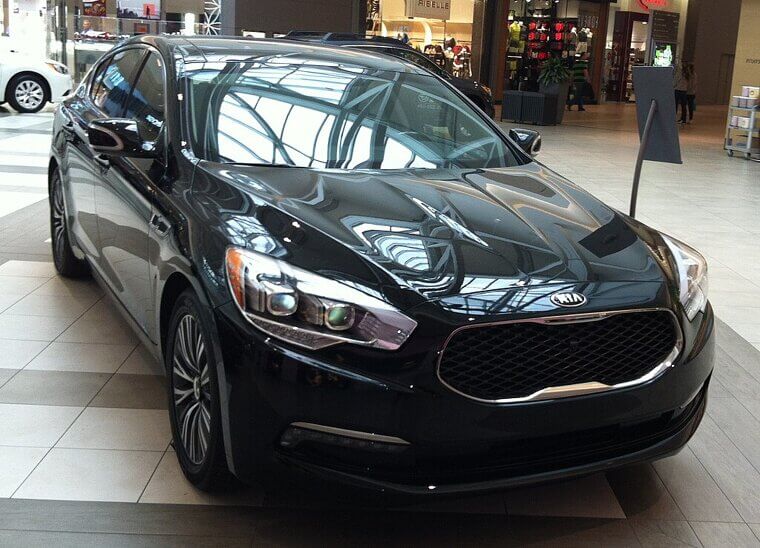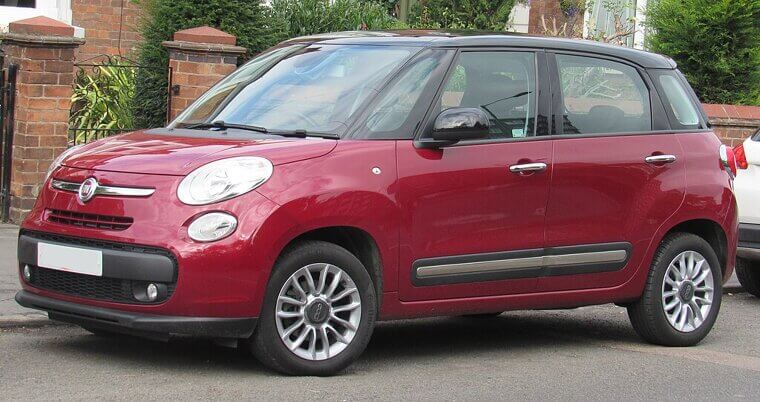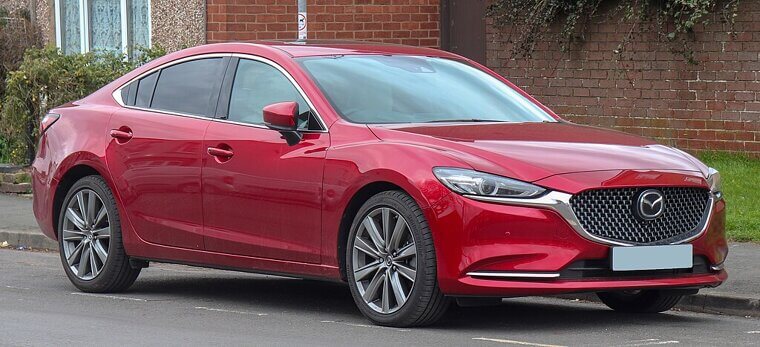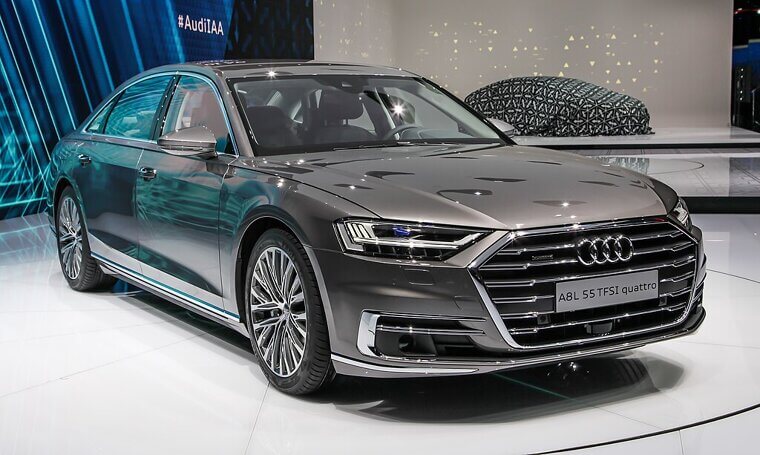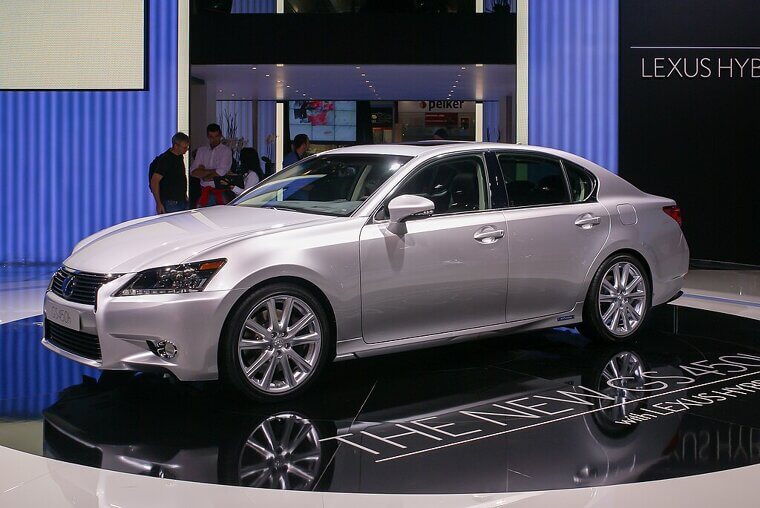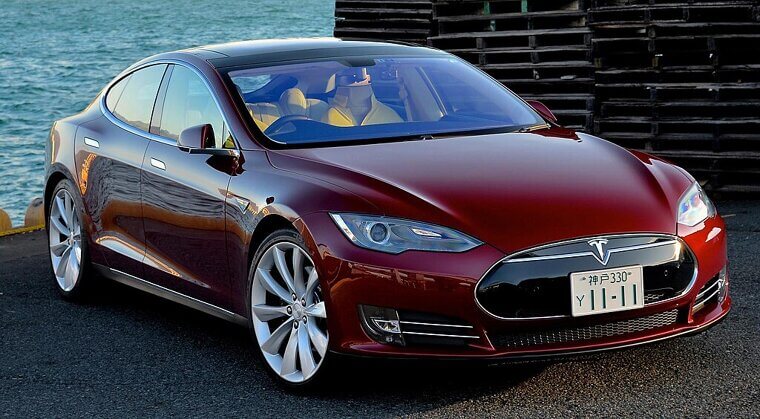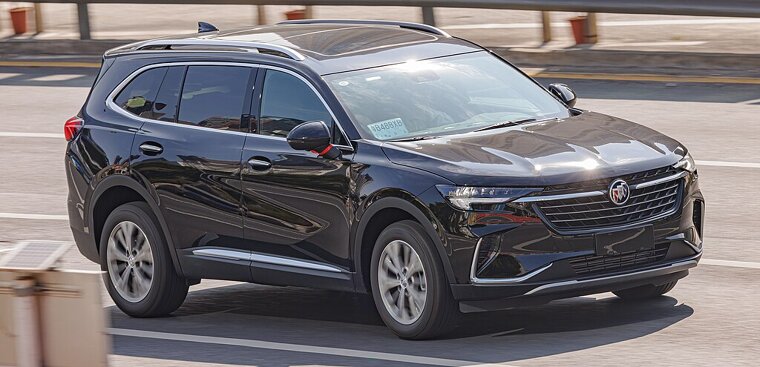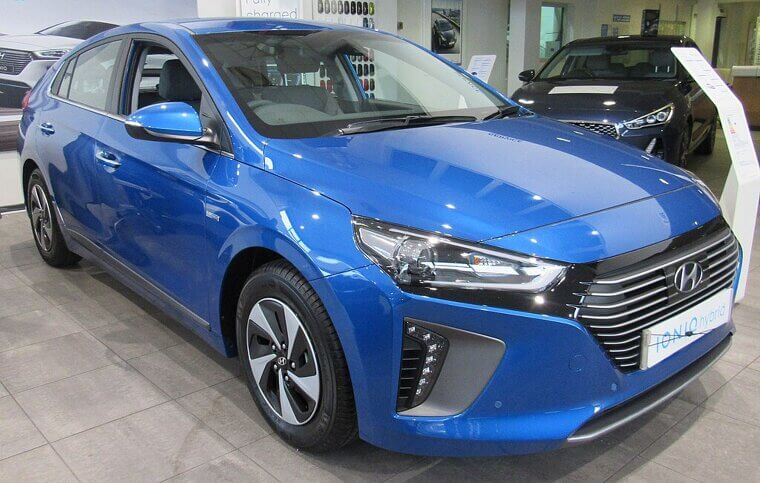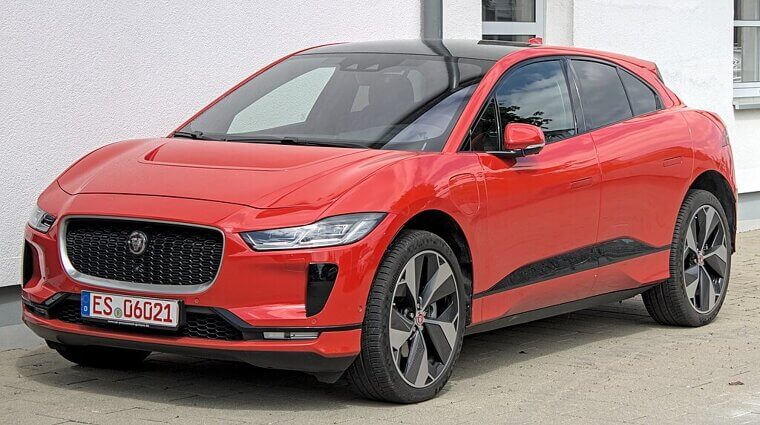Low Resale Potential
Not every shiny new car stays golden. Some plummet in value faster than a dropped iPhone without a case. Whether it’s badge perception, reliability concerns, or just a fickle market, these cars suffer brutal depreciation. Buyers loved these models new—but used? Not so much.
Maserati Ghibli (2014–present)
Ah, the Ghibli - exotic badge, Ferrari-derived engine noises, and styling that says “Valet me, darling.” But reliability gremlins, a not-so-premium interior, and Maserati’s relatively poor brand perception tank resale. Buyers realize they could’ve had a well-optioned BMW or Audi for the same price and not needed a second warranty.
Jaguar XF (2007–present)
The XF was Jaguar’s stab at the German elite, but depreciation had other plans. Despite looking sharp and handling well, the XF’s questionable electronics and lack of long-term dependability didn’t inspire confidence. Buyers were seduced by luxury, and then ghosted it like a bad Tinder date when the warranty expired.
BMW 7 Series (2015–present)
The 7 Series might be BMW’s flagship, but in the resale market, it’s more leaky dinghy than yacht. Luxury sedans depreciate notoriously fast, but the 7er takes it up a notch. Complex tech, high maintenance costs, and a crowded luxury field make used buyers wary.
Genesis G90 (2017–present)
The Genesis G90 offers incredible value new - plush materials, a smooth ride, and tons of standard features. But luxury badge cachet matters, and Genesis still lacks it in many used buyers’ minds. Even with Hyundai's solid reliability, the G90 depreciates like a hot rock.
Cadillac CT6 (2016–2020)
The CT6 was meant to bring Cadillac back to big-sedan glory; however, resale says otherwise. While it had sharp styling and even offered a twin-turbo V8 in the CT6-V, the car struggled to compete with the European stalwarts. Limited brand prestige in the luxury department and Cadillac’s shifting focus toward SUVs didn’t help values, either.
Chrysler 300 (2011–2023)
The 300 had old-school cool - bold styling, big engines, and gangster swagger - its bones were ancient, though. With a platform dating back to the mid-2000s, it just couldn’t keep up with modern tech or refinement. Buyers enjoyed it new while resale suffers thanks to dated dynamics and dwindling demand.
Lincoln Continental (2017–2020)
Lincoln brought back the Continental name in a blaze of nostalgia; resale is less kind, though. It was elegant and smooth, but couldn’t shake off the brand’s geriatric reputation or compete with the Germans. With limited brand prestige and a short production run, depreciation came calling fast.
Infiniti QX80 (2014–present)
This full-size luxury SUV is big, brawny, and built like a rolling condo. Unfortunately, resale was rough. Despite decent reliability, a thirsty V8, dated interior, and lumbering handling make it less appealing on the second-hand market. Add to that Infiniti’s dwindling brand buzz, and even used buyers aren’t lining up.
Land Rover Discovery (2017–present)
It can go off-road, it can tow, it’s even got seven seats! However, the Discover really excels at shedding value. Reliability issues, high running costs, and a lukewarm reputation for build quality mean used buyers tread carefully - if at all.
Buick LaCrosse (2017–2019)
The LaCrosse is comfortable, quiet, and roomy, but about as exciting as a decaf tea party. While it was competent, Buick’s brand sits in a weird no-man’s-land between premium and mainstream, hurting resale. With younger buyers uninterested and older ones switching to SUVs, the market just moved on fast.
Alfa Romeo Giulia (2017–present)
The Giulia’s an Italian heartbreaker: gorgeous, thrilling to drive, and full of passion... until it’s not. Reliability concerns have plagued the model since launch, scaring off second-hand shoppers. Even though it handles like a dream, resale value tanks due to high ownership costs and a reputation for mechanical mischief.
Volvo S90 (2016–present)
Volvo S90 (2016–present)The S90 whispers “Scandinavian elegance.” It also quietly hemorrhages value. A stunning design, comfy interior, and solid safety credentials weren’t enough to keep used buyers interested. Full-size sedan appeal is shrinking, and Volvo’s lack of widespread prestige keeps depreciation humming along like a Swedish lullaby.
Acura RLX (2014–2020)
Acura’s flagship sedan never really found its pace. It was packed with tech and offered all-wheel drive, but it lacked the excitement or prestige to compete with its German rivals, hence the steep resale cliff. Many buyers didn’t even know it existed, and those who did rarely bought it.
Chevrolet Malibu (2016–present)
Once a regular on rental lots, while recent Malibu versions are better to drive, the nameplate still suffers from a perception problem. Sedans are fading, and resale reflects that. Combine average reliability, forgettable styling, and brand fatigue, and you get a car that depreciates faster than a politician's promises.
Hyundai Sonata (2015–present)
The Sonata punches above its weight with slick looks and tech. Sadly, its value takes a hit the moment it’s driven off the lot due to oversupply, constant discounts, and a crowded midsize market. Buyers love them new while used car shoppers have their pick of the litter (and Sonata prices drop accordingly).
Nissan Maxima (2016–2023)
Once known as the “four-door sports car,” the Maxima kept up the sporty pretenses but couldn’t hide its age underneath. It was powerful, but saddled with a CVT, aging tech, and a shrinking fanbase. With the sedan market crumbling around it, resale values fell harder than Nissan’s excitement levels.
Volkswagen Passat (2012–2022)
The Passat was meant to be the “Americanized” VW - big, bland, and built in Chattanooga. Problem is, it lost the charm that once made VW stand out. Add in a glut of fleet sales and reliability concerns, and you’ve got a midsize sedan that depreciates like it’s got somewhere to be.
Dodge Charger (2011–present)
It’s loud, proud, and very V8-y… unless you’ve got a Hellcat badge though, the Charger doesn’t hold its value well. Too many trims, aging architecture, and heavy fleet use make used models abundant (and cheap). It’s a burnout machine in more ways than one.
Ford EcoSport (2018–2022)
Tiny. Tall. Tragically bad. The EcoSport was Ford’s attempt to enter the subcompact SUV market... a little too late and too weird. Underpowered, cramped, and awkwardly proportioned, it flopped with critics and consumers alike. Resale values dropped as soon as buyers realized they could’ve had literally anything else.
Mitsubishi Mirage (2014–present)
The Mirage holds one record proudly: the lowest horsepower in its class. That’s about where the good news ends. Built to be cheap (and it shows), the Mirage is noisy, plasticky, and underwhelming. Secondhand buyers don’t exactly line up to buy used ones unless they’re bargain hunting with blindfolds on.
Chevrolet Trax (2015–2022)
It’s like a Sonic on stilts, but somehow even less exciting. The Trax was cheap, cheerful, and... just there. It sold well thanks to deep discounts, but that same discount culture absolutely wrecked resale value. In the used market, it’s a “take it or leave it” sort of car. Most leave it.
Jeep Cherokee (2014–2023)
The name is iconic. The reality, less so. This generation Cherokee had transmission issues, reliability quirks, and divisive styling (hello, squinty headlights). Despite strong off-road chops in Trailhawk trim, the mainstream versions were just too compromised to hold their value in a crowded SUV market.
Toyota Avalon (2013–2022)
It’s comfy, quiet and reliable, but the Avalon’s also invisible. It was Toyota’s idea of Lexus-lite, but it never really found a crowd. Younger buyers ignored it; older buyers opted for SUVs. So when it comes time to sell, you’ll find out your full-size sedan has full-size depreciation, too.
Subaru Legacy (2015–present)
Standard AWD is great, but there’s no excitement there. The Legacy blends into the background with its anonymous styling and average interior. It's not bad, it’s just forgettable. Add a shrinking sedan market and less brand prestige than Outback or Forester, and resale values begin their quiet descent.
Kia K900 (2015–2020)
It had no luxury badge and flagship ambitions out the wazoo - the K900 was Kia’s bold bid into the executive segment… and it tanked. Despite being loaded with features and comfy as a cloud, most people didn’t even know it existed until they saw it 70% off, three years later.
Fiat 500L (2014–2020)
If the regular Fiat 500 had an awkward and unsightly growth spurt, you'd get the 500L. It was roomy but awkward, with cartoonish styling and underwhelming dynamics. Combine that with poor reliability and low demand, and voilà! Resale values plummeted faster than a dropped espresso shot.
Nissan Leaf (2011–present)
The OG electric car that time forgot, while it helped pave the way for EVs, early Leaf models had tiny ranges and batteries that aged like overripe bananas. Newer EVs offer way more for not much more, so resale on the Leafs is pretty much compost now.
Mini Cooper Convertible (2016–present)
It’s adorable, zippy, and perfect for sunny weekend drives; however, as a used buy, it’s a heartbreak. Minis depreciate hard thanks to high repair costs, complex BMW underpinnings, and niche appeal. Buyers love 'em new, but used ones are often left blowing in the wind.
Mazda6 (2014–2021)
Mazda6s are a fan favorite among enthusiasts and car reviewers. Sadly, that didn’t translate to strong sales or resale. As sedans fell out of favor, the stylish and sharp-handling Mazda6 became a victim of changing tastes. It deserved better; the market had other ideas.
Audi A8 (2011–present)
Luxury and tech galore…until that warranty ends, then it’s depreciation city. The A8 is a flagship filled with finicky systems and expensive maintenance. Few used buyers want to risk it, torpedoing resale value - even though it still feels like a spaceship inside.
Lexus GS (2012–2020)
As Lexus focused more on SUVs, the GS and its excellent road manners quietly faded away. Its resale value never really reflected its quality (mostly because most buyers went for the ES or RX instead). It's a hidden gem that depreciates like a rock.
Tesla Model S (early Years, 2012–2016)
When the Model S launched, it changed the game. But the earliest models now face battery degradation, outdated tech, and a very different resale environment. With newer Teslas and competitors offering better range and features, early Model S cars now sit unloved.
Buick Envision (2016–present)
It’s a competent, quiet crossover… and that’s about it. In Buick’s awkward branding between mainstream and luxury, the Envision falls right in the unsatisfying middle. Without strong branding or wow factor, resale values tumble fast, especially with so many used SUVs crowding the market.
Hyundai Ioniq (non-EV) (2017–2022)
Offered as a hybrid, plug-in hybrid, and full EV, the Ioniq was Hyundai’s “everything to everyone” car. But in trying to cover too many bases, it didn’t build a loyal following. The non-EV models especially suffer in resale value, often overshadowed by Prius or the newer Ioniq 5.
Jaguar I-PACE (2019–present)
Critically acclaimed, award-winning, and a resale nightmare, Jaguar’s first EV was sleek, fast, and plagued with software bugs, slow charging, and Jaguar’s iffy reliability record. High initial prices plus low brand trust equals resale values collapsing like a dying lithium cell.



